One of the most central of ideas of objective knowledge is the idea of unity of everything, of unity in diversity. From ancient times people who have understood the content and the meaning of this idea, and have seen in it the basis of objective knowledge, have endeavored to find a way of transmitting this idea in a form comprehensible to others. The successive transmission of the ideas of objective knowledge has always been a part of the task of those possessing this knowledge. In such cases the idea of the unity of everything, as the fundamental and central idea of this knowledge, had to be transmitted first and transmitted with adequate completeness and exactitude. And to do this the idea had to be put into such forms as would ensure its proper perception by others and avoid in its transmission the possibility of distortion and corruption.... Realizing the imperfection and weakness of ordinary language the people who have possessed objective knowledge have tried to express the idea of unity in "myth," in "symbols," and in particular "verbal formulas" which, having been transmitted without alteration, have carried on the idea from one school to another, often from one epoch to another....
The symbols that were used to transmit ideas belonging to objective knowledge included diagrams of the fundamental laws of the universe and they not only transmitted the knowledge itself but showed also the way to it. The study of symbols, their construction and meaning, formed a very important part of the preparation fro receiving objective knowledge and it was in itself a test because a literal or formal understanding of symbols at once made it impossible to receive any further knowledge....

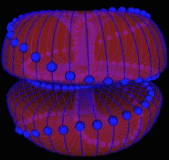
The understanding of symbols can be approached in the following way: In studying the world of phenomena a man first of all sees in everything the manifestation of two principles, one opposed to the other, which, in conjunction or in opposition, give one result or another, that is, reflect the essential nature of the principles which have created them.
This manifestation of the great laws of duality and trinity man sees simultaneously in the cosmos and in himself. But in relation to the cosmos he is merely a spectator and moreover one who sees only the surface of phenomena which are moving in various directions though seeming to him to move in one direction. But in relation to himself his understanding of the laws of duality and trinity to the permanent line of struggle with himself on the way to self-knowledge.
In this way he will introduce the line of will first into the circle of time and afterwards into the circle of eternity, the accomplishing of which will create in him the great symbol known by the name of the Seal of Solomon.
The transmission of the meaning of symbols to a man who has not reached an understanding of them in himself is impossible. This sounds like a paradox, but the meaning of a symbol and the disclosure of its essence can only be given to, and can only be understood by, one who, so to speak, already knows what is comprised in this symbol. And then a symbol becomes for him a synthesis of his knowledge and serves him for the expression and transmission of his knowledge just as it served the man who constructed it.
The more simple symbols:
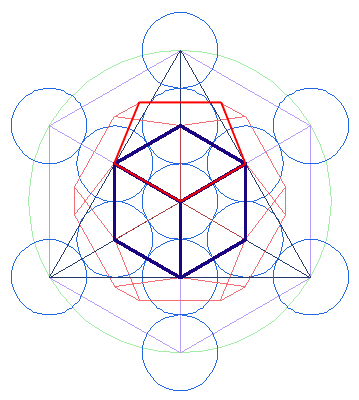
or the numbers 2, 3, 4, 5, 6, which express them, possess a definite meaning in relation to the inner development of man; they show different stages on the path of man's self-perfection and of the growth of his being.
Man, in the normal state to him, is taken as a duality.
He consists entirely of dualities or "pairs of opposites." All man's sensations, impressions, feelings, thoughts, are divided into positive and negative, useful and harmful, necessary and unnecessary, good and bad, pleasant and unpleasant. The work of centers proceeds under the sign of division. Thoughts oppose feelings. Moving impulses oppose instinctive craving for quiet. This is the duality in which proceed all perceptions, all the realizations, the whole life of man. Any man who observes himself, however little, can see this duality in himself.
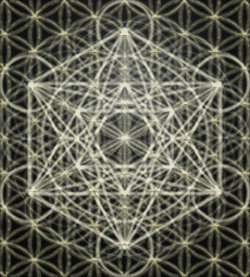
But this duality would seem to alternate; what is victor today is the vanquished tomorrow; what guides us today becomes secondary and subordinate tomorrow. And everything is equally mechanical, equally independent of will, and leads equally to no aim of any kind. The understanding of duality in oneself begins with the realization of mechanicalness and the realization of the difference between what is mechanical and what is conscious. This understanding must be preceded by the destruction of the self-deceit in which a man lives who considers even his most mechanical actions to be volitional and conscious and himself to be single and whole.
When self-deceit is destroyed and a man begins to see the difference between the mechanical and the conscious in himself, there begins a struggle for the realization of consciousness in life and for the subordination of the mechanical to the conscious.
For this purpose a man begins with endeavors to set a definite decision, coming from conscious motives, against mechanical processes proceeding according to the laws of duality.
The creation of a permanent third principle is for man the transformation of duality into the trinity.
Strengthening this decision and bringing it constantly and infallibly into all those events where formerly accidental neutralizing "shocks" used to act and give accidental results, gives a permanent line of results in time and is the transformation of trinity into quaternity.
The next stage, the transformation of quaternity into quinternity and the construction of the pentagram has not one but many different meanings even in relation to man. And of these is learned, first of all, one, which is the most beyond doubt, relating to the work of centers.

The development of the human machine and the enrichment of being begins with a new and unaccustomed functioning of the machine. We know that a man has five centers: the thinking, the emotional, the moving, the instinctive, and the sex. The predominant development of any one center at the expense of the others produces an extremely one-sided type of man, incapable of further development. But if a man brings the work of the five centers within him into harmonious accord, he then "locks the pentagram within him" and becomes a finished type of the physically perfect man. The full and proper functioning of the five centers brings them into union with the higher centers which introduce the missing principle and puts man into direct and permanent connection with objective consciousness and objective knowledge.
And then man becomes the six-pointed star, that is, by becoming locked within a circle of life independent and complete in itself, he becomes isolated from foreign influences or accidental shocks; he embodies in himself the Seal of Solomon.
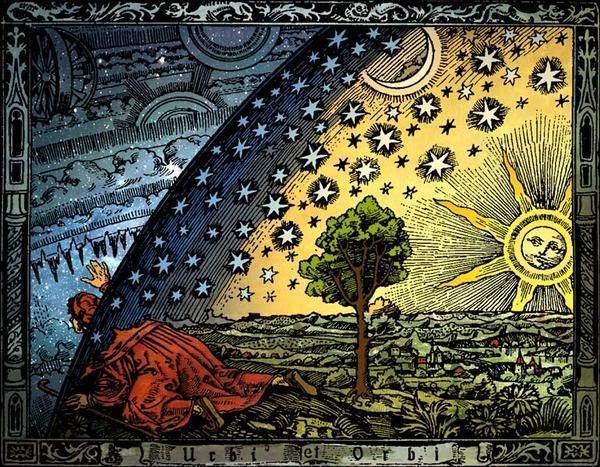
In the present instance the series of symbols given ---2, 3, 4, 5, and 6--- is interpreted as applicable to one process. But even this interpretation is incomplete, because a symbol can never be fully interpreted.
It can only be experienced, in the same way, for instance, as the idea of self-knowledge must be experienced....
As was mentioned earlier, in symbology, as represented, numbers are connected with definite geometrical figures, and are mutually complementary one to another.
In the Cabala a symbology of letters is also used and in combination with the symbology of letters a symbology of words.
A combination of the four methods of symbolism by numbers, geometrical figures, letters, and words, gives a complicated but more perfect method.
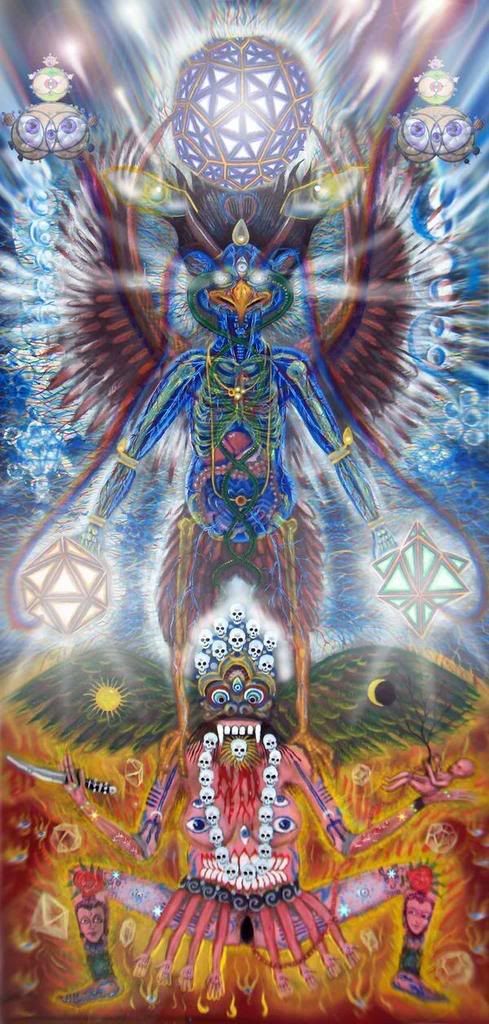
Then there exists also a symbology of magic, a symbology of alchemy, and a symbology of astrology as well as the system of the symbols of the Tarot which unites them into one whole.
Each one of these systems can serve as a means for transmitting the idea of unity. But in the hands of the incompetent and ignorant, however full of good intentions, the same symbol becomes an "instrument of delusion.
" The reason for this consists in the fact that a symbol can never be taken in a final and definitive meaning. In expressing the laws of unity of endless diversity a symbol itself possesses an endless number of aspects from which it can be examined and it demands from a man approaching it the ability to see it simultaneously from different points of view.
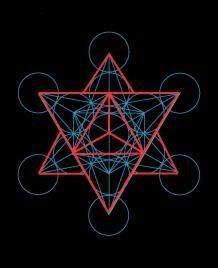
Symbols which are transposed into the word of ordinary language become rigid in them, they grow dim and very easily become "their own opposites," confining the meaning within narrow dogmatic frames, without giving it even the very reflective freedom of a logical examination of a subject. The cause of this is in the literal understanding of symbols, in attributing to a symbol a single meaning. The truth is again veiled by an outer covering of lies and to discover it requires immense efforts of negation in which the idea of the symbol itself is lost. It is well known what delusions have arisen from the symbols of religion, of alchemy, and particularly of magic, in those who have taken them literally and only in one meaning.
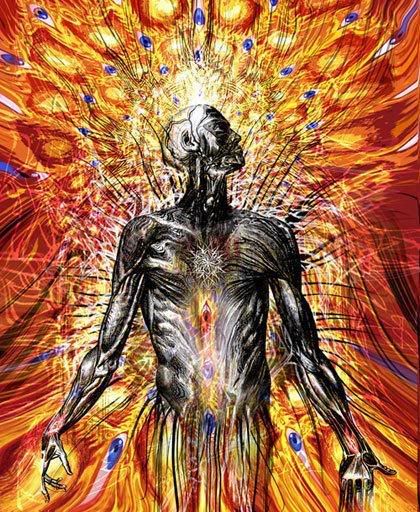
At the same time the right understanding of symbols cannot lead to dispute.
It deepens knowledge, and it cannot remain theoretical because it intensifies the striving towards real results, towards the union of knowledge and being, that is to the Great Doing.
Pure knowledge cannot be transmitted, but by being expressed in symbols it is covered by them as by a veil, although at the same time for those who desire and who know how to look this veil becomes transparent.
{Excerpt from P.D.
Oupensky's, In Search of the Miraculous: Fragments of an Unknown Teaching}
